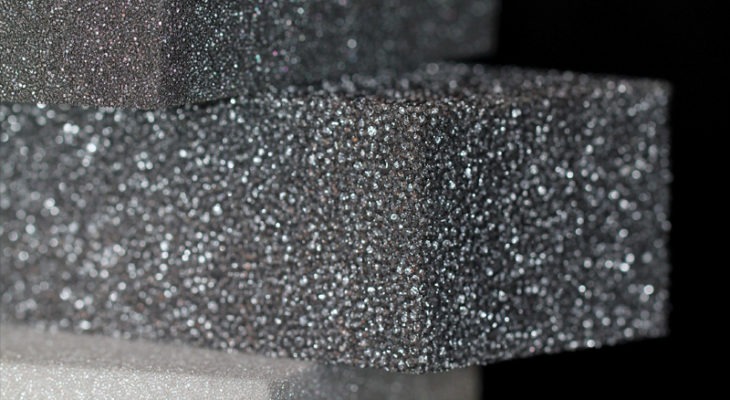Polyurethane foam or PU foam is known to have great insulating and sealing properties. It comes in all different kinds of shapes and sizes, giving support and comfort in furniture, providing insulation, filtering and reducing weight in surfboards amongst many other things. Polyurethane foam can be rigid or flexible and generally the foam structure is open, allowing for ventilation.
Flexible Polyurethane (PU) Foams
Flexible polyurethane foams are primarily used as cushioning, with a wide range of applications for both consumer and commercial products.
Unique features include:
- Support and comfort: Provides comfort without excessive thickness.
- Durability: Flexible PU foam is incredibly durable, capable of extending the product life cycle and helps a product maintain its appearance. In particular, FPU contributes to higher tear and tensile strength.
- Energy absorption: Flexible polyurethane contributes to and simultaneously offers weight reduction and shock absorption.
- Chemical resistance: Flexible PU foams unlike metals and rubbers don’t corrode or degrade when coming into contact with chemicals like oils and greases, possessing a formidable resistance to chemicals. This makes them ideal for filtering and within electrical equipment.
While Townsend chemicals’ RE-POL range may not be suitable for all flexible foam commercial applications, our RE-POL range is commonly used for manufacturing:
- Packaging fragile equipment like electronics, jewellery or delicate foods
- Filters for petrol and oil
Rigid Polyurethane (PU) Foams
Rigid polyurethane foams are utilised within construction, one of the most effective insulation materials available and incredibly versatile.
Unique features include
- Energy efficiency: Due to its insulation properties rigid polyurethane is exceptional at reducing heating and cooling needs, having one of the highest insulations per inch of all commercially available products today.
- Inhibit sound: The insulatory properties of RPU also make it ideal for reducing sound.
- Low density: With an incredibly low density, RPU is ideal for maximising space in commercial settings with its impressive weight to insulation ratios.
- Lightweight: Rigid polyurethane foams are lightweight but remarkably strong.
- Durability: Foams remain airtight and often support structure, attributed to their remarkable strength to weight ratio.
- Temperature extremes: RPU products are able to function in a wide range of temperatures, maintaining their shape and physical properties. This includes temperature extremes.
- Versatility: Rigid polyurethane can be used in a variety of ways; to seal gaps, cover irregular shapes as well as offer elements of customisation in finish, style and colours. Its versatility is also enhanced by its ability to be combined with a number of other materials and substances.
The most common uses for Rigid PU foams include
- Rigid insulation panels
- Doors and air barrier sealants
- Commercial building construction
- Surfboard blanks (polyurethane foams are the most popular and common material)
Now that you understand the unique attributes of rigid and flexible polyurethane foams deciding which one to use in your upcoming individual or business projects should be much easier. At Townsend Chemicals we develop a range of polyester polyols (RE-POL) that enable the production of flexible and rigid foams. Contact us today!
